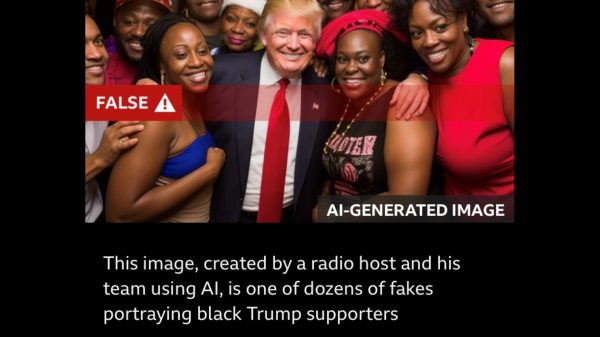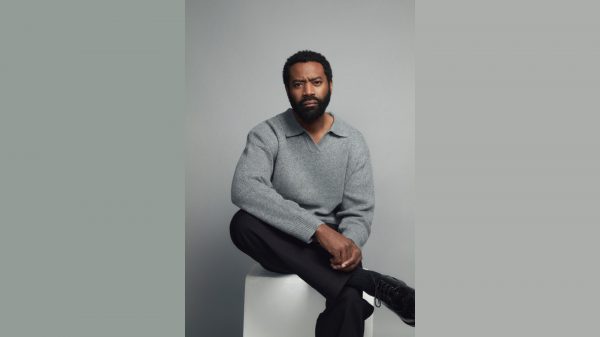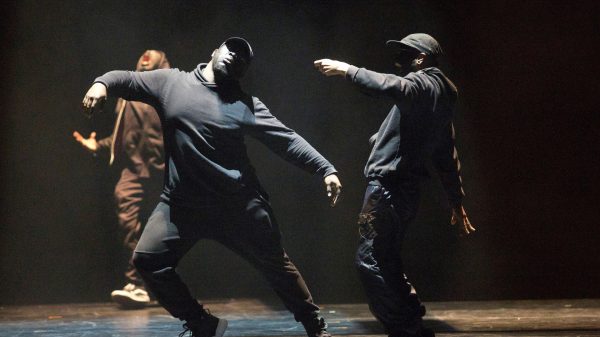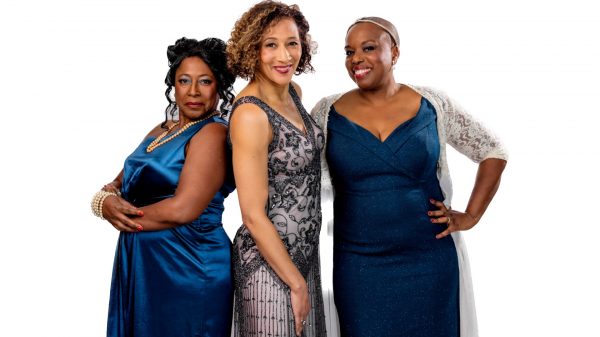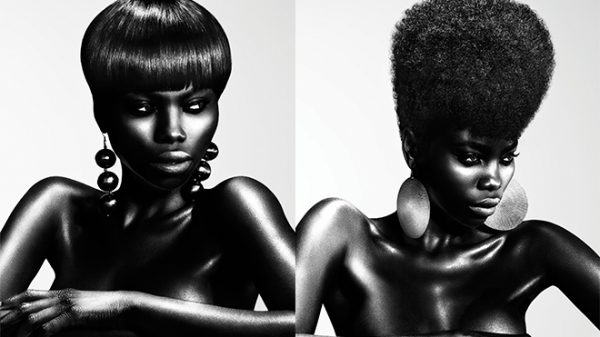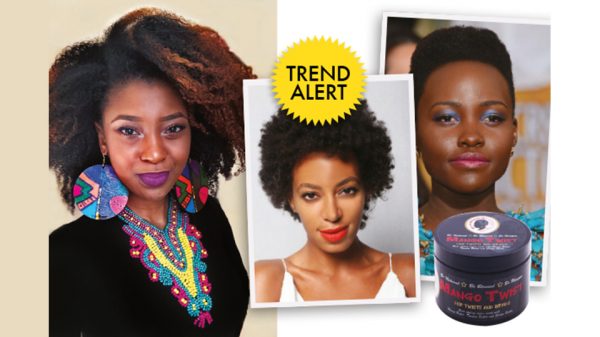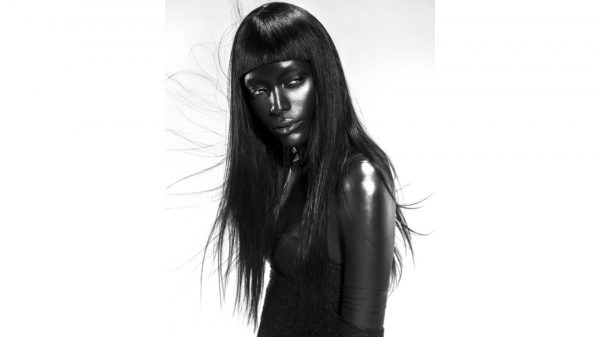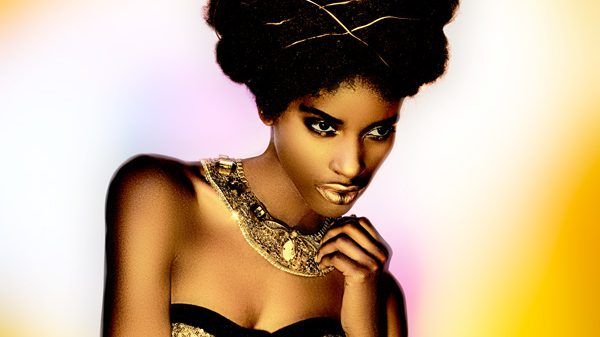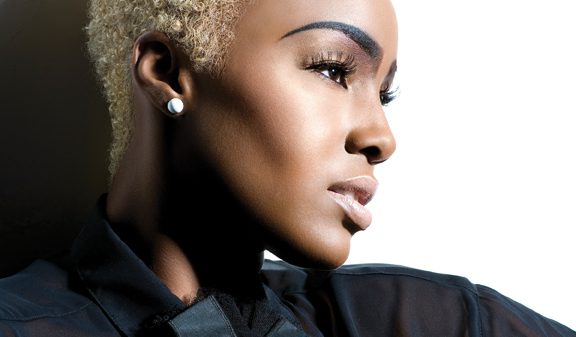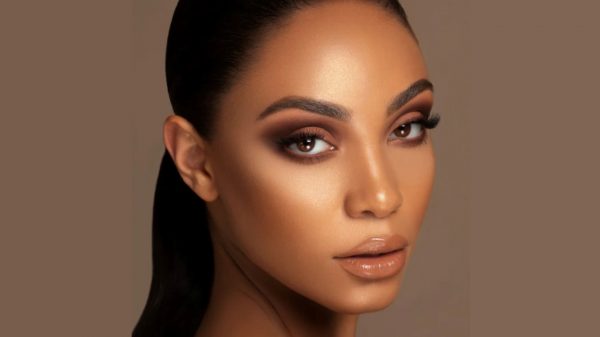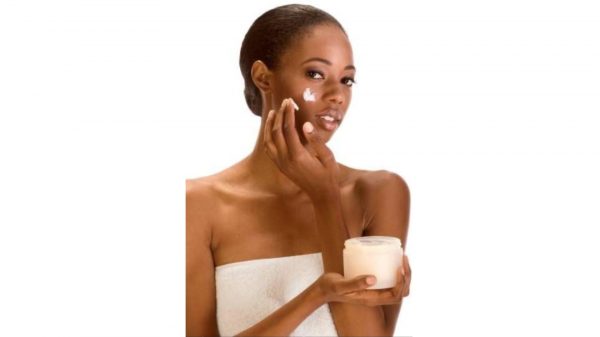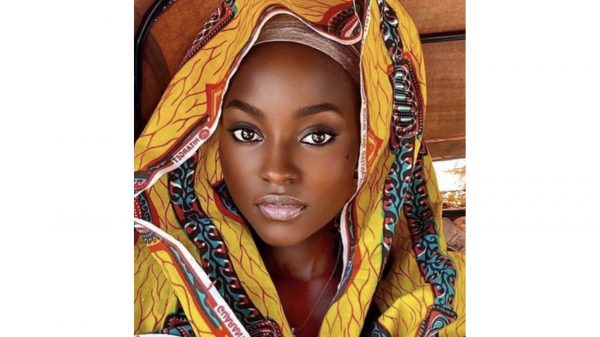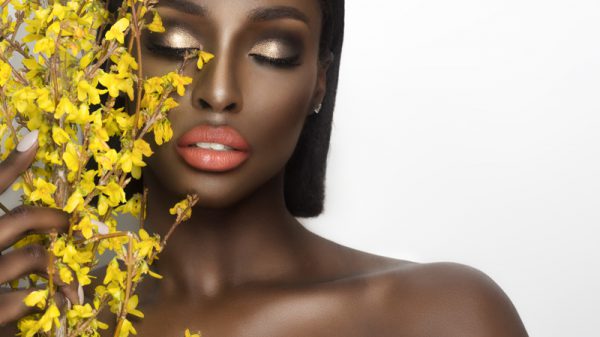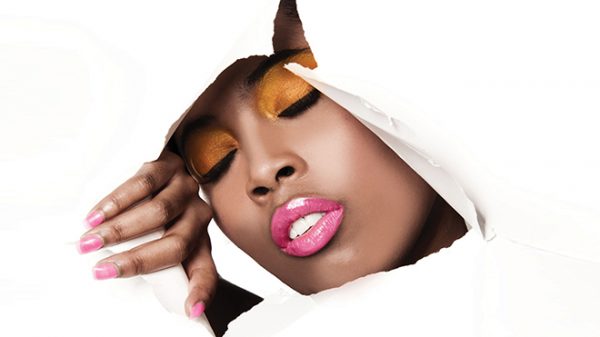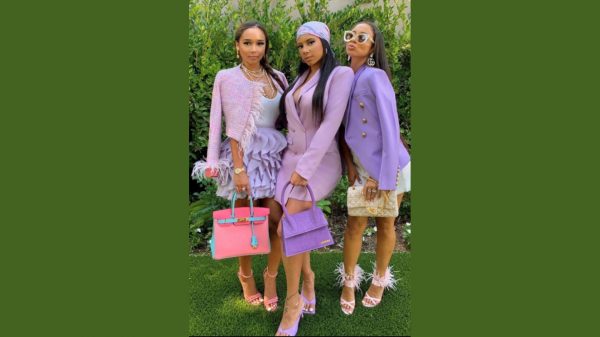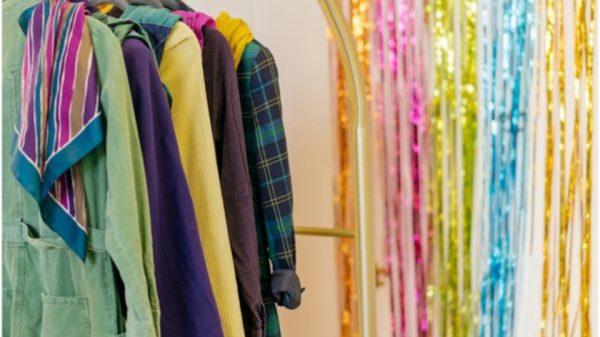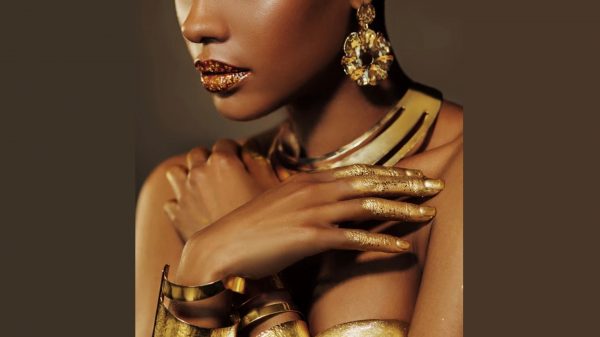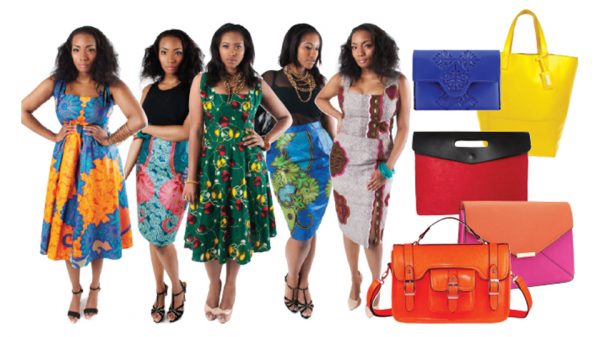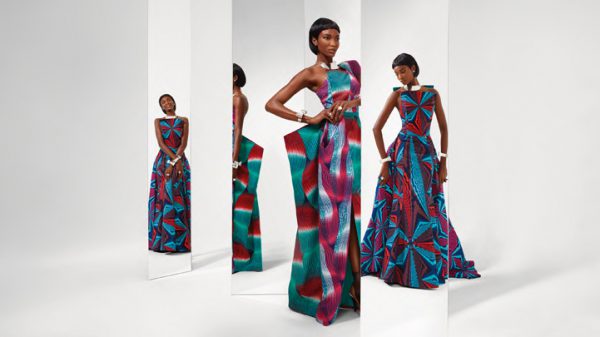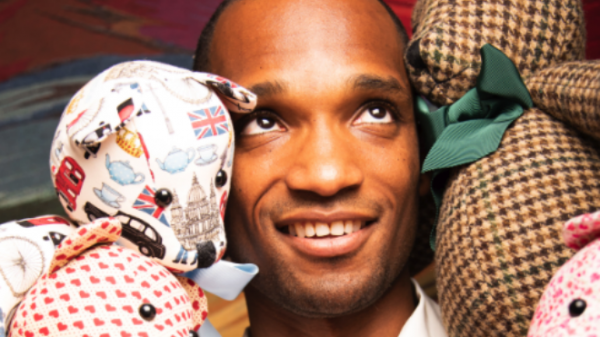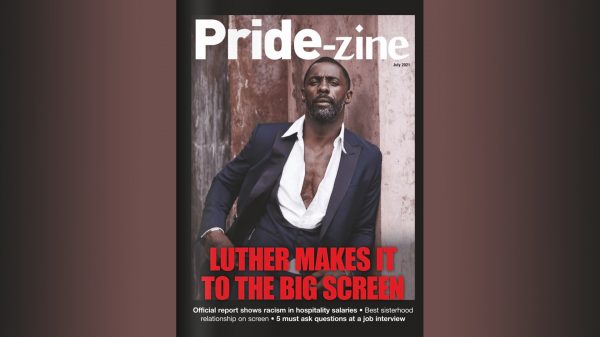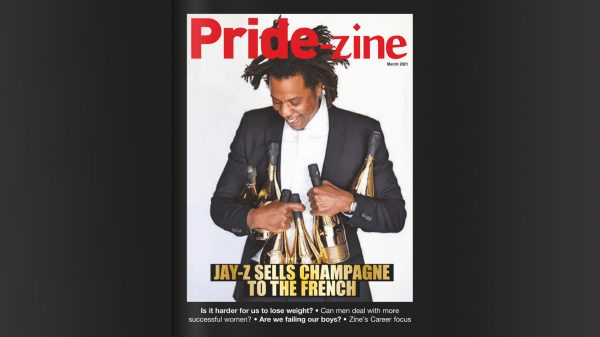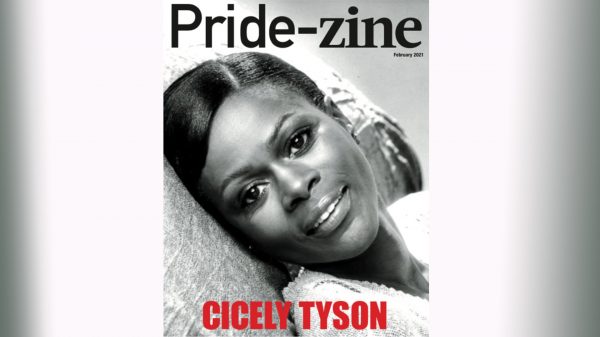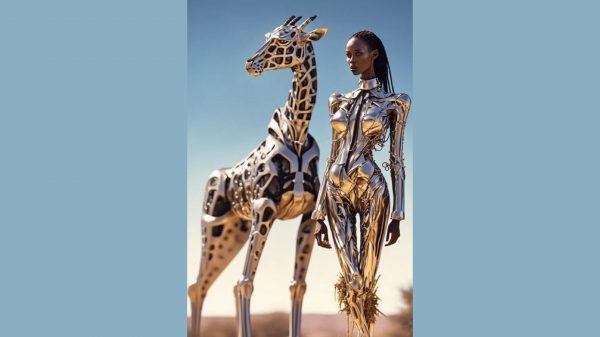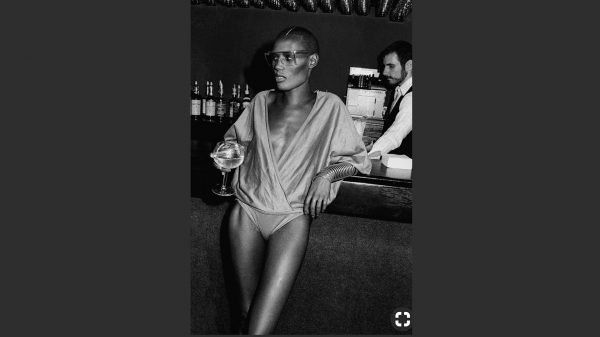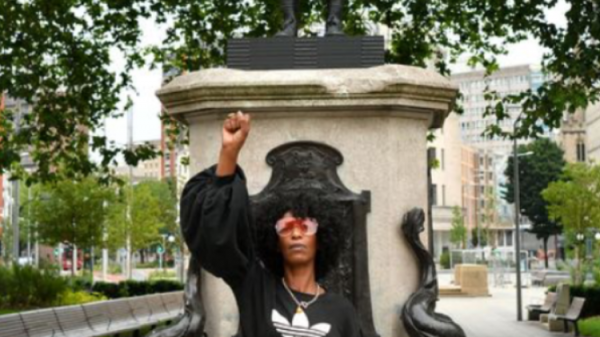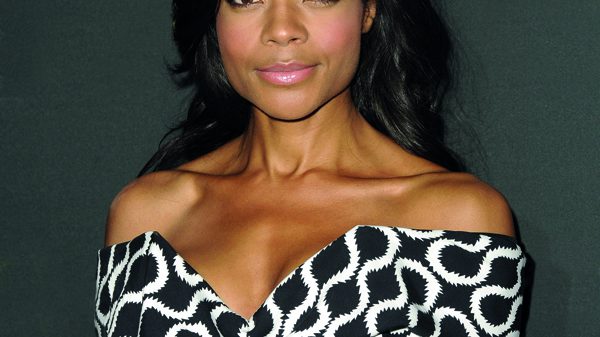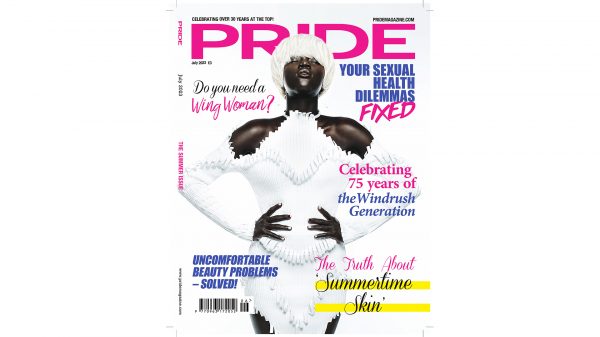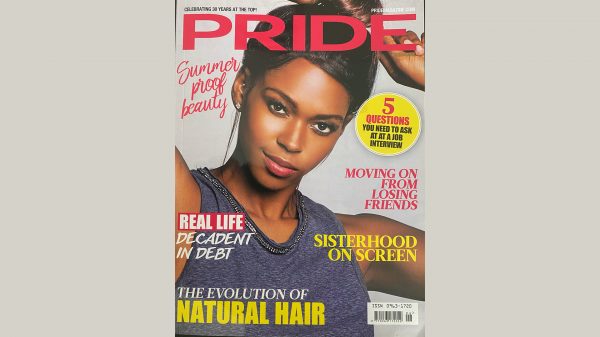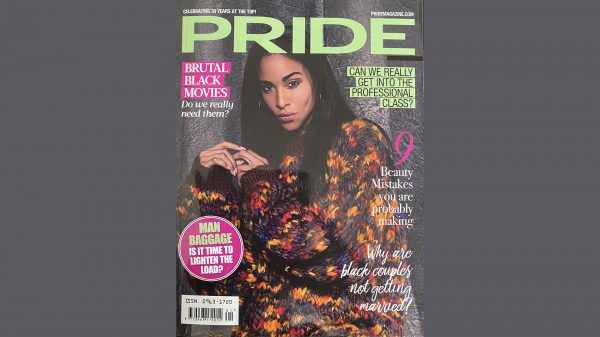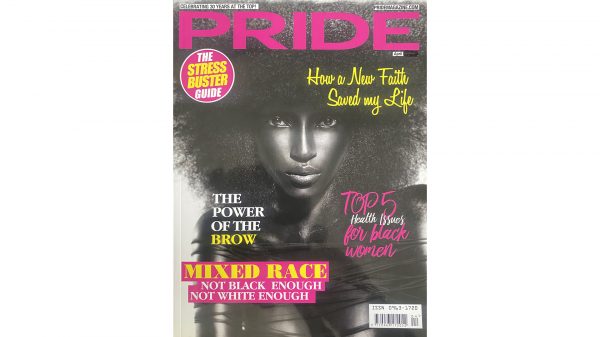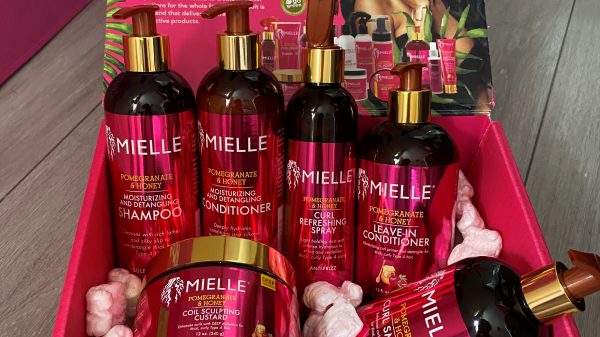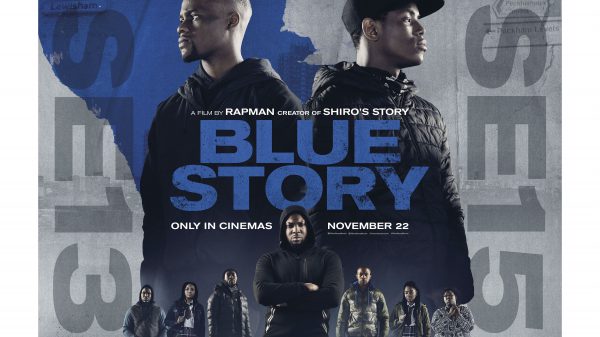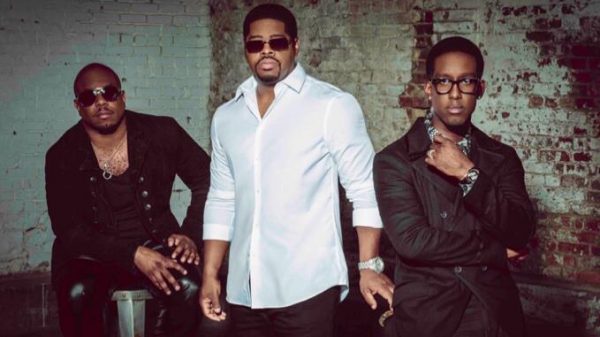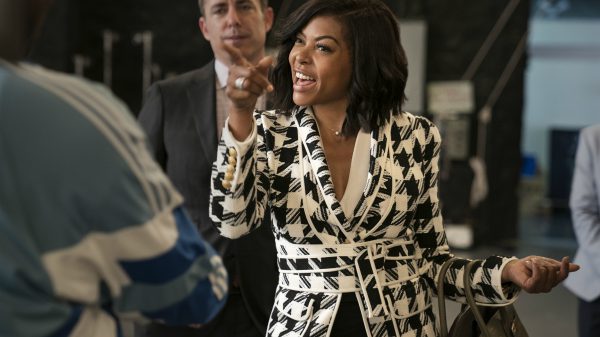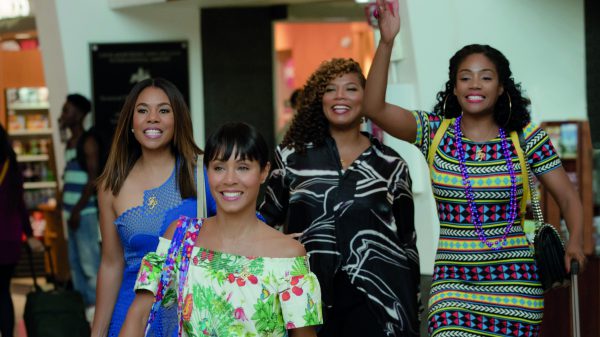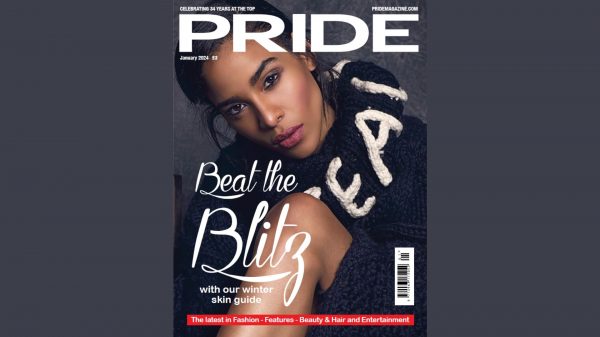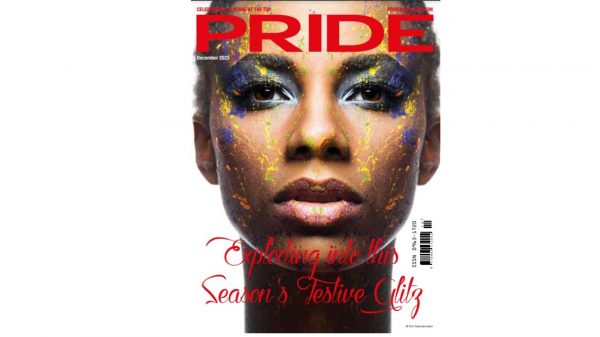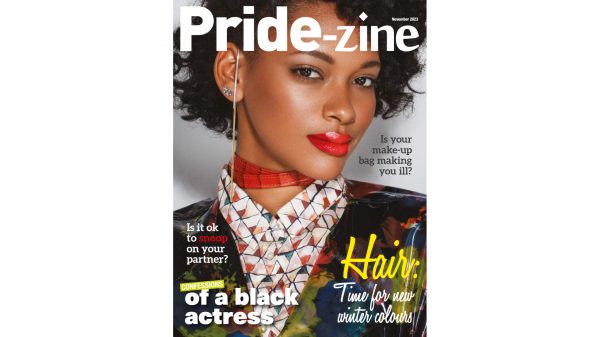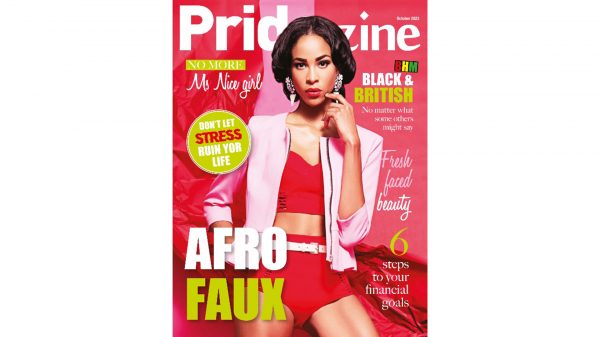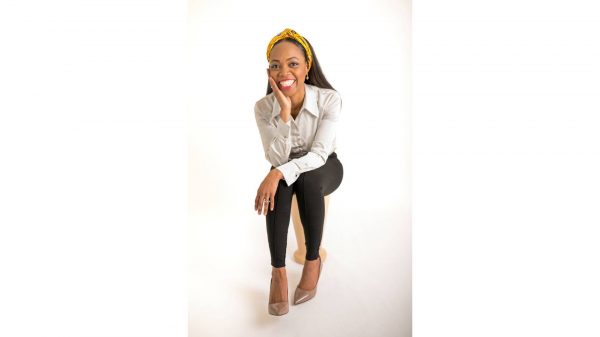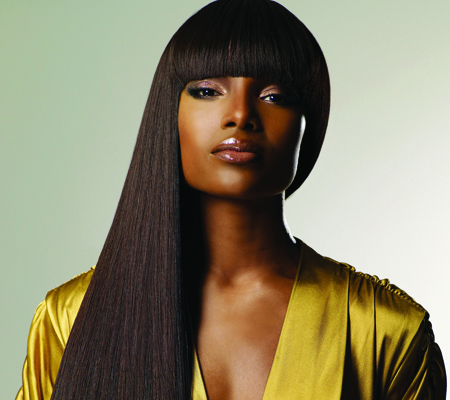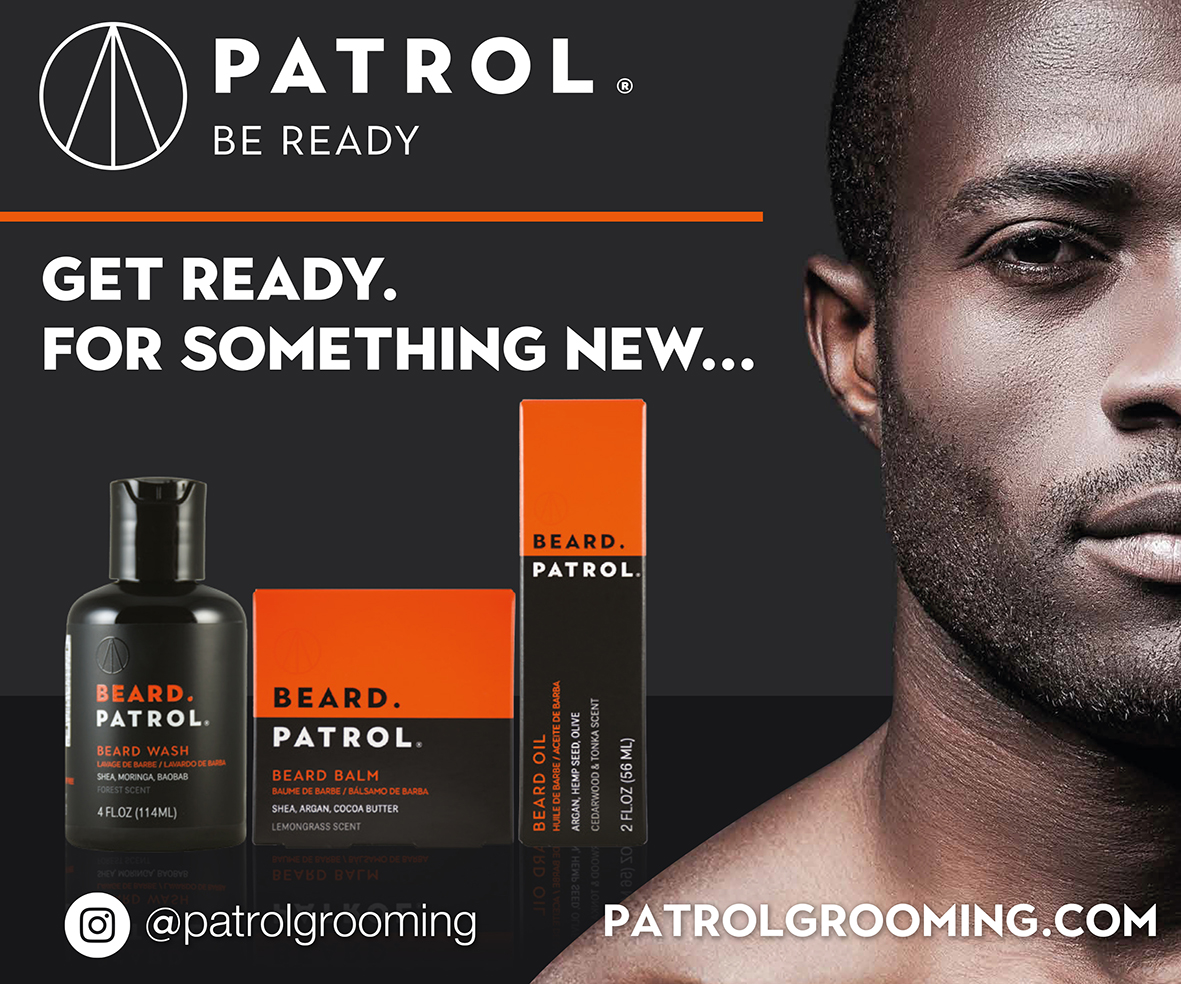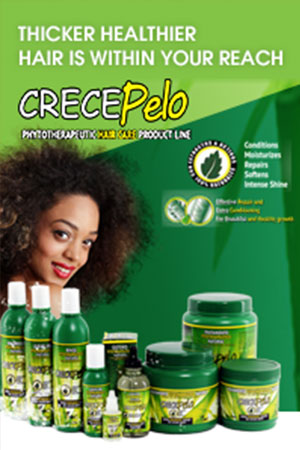Pride talks to the top hair companies in the business to reveal the enigma behind weaves. By Shevelle Rhule
To not have experienced the joys of a waist-skimming weave in your lifetime is a real anomaly for women irrespective of race. With 65% of the population having worn or currently wearing them, hair extensions are seriously big business. But how much do you really know about your weave? Do you know where the hair comes from, how it is collected or even how to spot a fake? “It can be difficult to determine whether products labelled 100% human hair are genuinely so” explains Yanike Palmer, Product Development Officer for Sleek Hair. “Replicating the touch of human hair is quite achievable with hair technology. However tell tale signs that the hair might not be 100% human include; texture that feels a little hard to the touch, shiny silvery strands within the hair, hair that is difficult to curl and burns with moderate heat, and hair that’s a little noisy if you try rubbing the strands with your finger tips.”
Hair Types
There are many terms used to categorise the different types of hair extensions from Virgin, Remi, Brazilian, Mongolian, Peruvian and more, so I asked Elena Jeon R&D Co-ordinator of Amekor Industries who make Vivica Fox Hair Collection to explain.“Virgin Remi hair is hair that is collected from one donor who has young and healthy hair, which is then gathered into a ponytail, tied and then cut. The method of hair collection keeps all the hair cuticles running in the same direction.” She adds “All of the hair cuticles lined in the same direction to avoid matting and make it last longer (about 12 months if properly maintained). The hair is then gently processed for colour or textures. This type of hair is rare, shiny, soft, and silky. Simply put, Remi hair is one-directional cuticle hair and Virgin Remi hair is unprocessed Remi hair.” This is the type of hair that all the celebs from Beyonce to Kelly Rowland wear and why they can dye it rocking caramel hues and it moves like their own. “Brazilian hair extensions are not actually hair from Brazil,” adds Yanike. “This is Indian hair that has simply been washed and conditioned, but it gives a beachy hair look like Brazilian hair”. Peruvian hair is great for straight styles because it is lightweight, silky, soft and manageable however incredibly hard to find. Mongolian is similar to Caucasian hair and is lighter and thinner than the most common hair available on the market. The most widely used hair is Indian and Chinese, which is used because it’s more resilient, stronger and basically better for reprocessing and re-colouring.
Hair Collection
To get the best possible tresses it’s imperative that the hair starts its journey as healthy as possible. Director of Feme Ltd and Sensationnel Hair UK Meena Pak agrees; “I prefer the term ‘hair harvesting’ as opposed to the technical term of hair collection. [The best] quality hair is harvested from healthy women following an all-natural or whole food diet and an overall healthy lifestyle. They have the best hair in my opinion. We sort our hair according to hair quality, and will keep the best grade of hair for our higher lines such as the Goddess Remi or 100g by Feme. An easy rule in purchasing hair is ‘you get what you pay for’ so usually the most expensive hair is the best quality hair.” Other factors for acquiring good hair are whether the donor has ever dyed their hair or used heated products regularly – this is the difference between Remi and normal hair extensions. “The hair that is used isn’t dead people’s hair,” laughs Yanike “it is supplied from women who want to sell their hair as a source of income”. The way hair is obtained also affects the price you pay. “ Remi is cut from one person and packed separately as raw material and non-remi is usually fallen or cut hair (collected hair) that can be collected in a salon and sold to hair factories who turn it into bulk hair product” says Elena. “After hair is collected and if necessary the tresses are coloured and chemically treated with silicon for longevity and the desired lustrous and healthy look and feel.”
There is so much that goes into producing optimal hair extensions. Perhaps knowing where you get the hair from will make you think twice about where and who you should buy it from…


